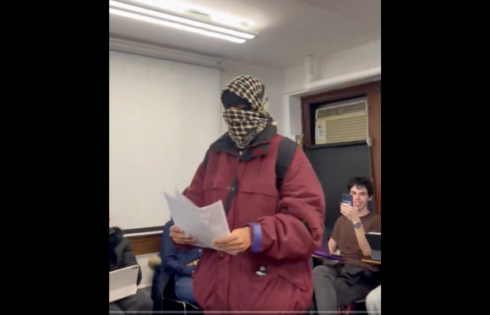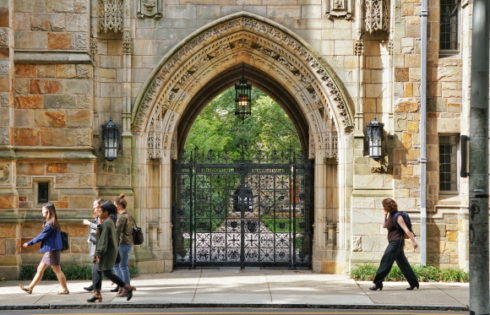When students, faculty and outsiders violently protested Charles Murray’s lecture at Middlebury College last month, they justified it because they thought he’s a racist and white supremacist.
It’s clear from their reactions that they didn’t bother listening to anything the libertarian social scientist said that night about the problems of the white working class.
Two professors of human development at Cornell University decided to see what reaction Murray’s speech would get if you didn’t know who gave it.
They transcribed it and sent it to 70 professors of different ranks and genders at various universities. The 57 who responded collectively rated the lecture … “middle of the road.”
Professors Wendy Williams and Stephen Ceci write about the results in The New York Times:
Some professors said that they judged the speech to be liberal or left-leaning because it addressed issues like poverty and incarceration, or because it discussed social change in terms of economic forces rather than morality. Others suggested that they detected a hint of discontent with the fact that Donald Trump was elected president. No one raised concerns that the material was contentious, dangerous or otherwise worthy of censure.
Then they sent the transcript to another group of 70 who were explicitly told Murray delivered the lecture.
Though the 44 who responded rated it “significantly more conservative” than the group that didn’t know Murray delivered it, the second group still put it within one point of “middle of the road.”
Then Williams and Ceci used Amazon’s Mechanical Turk to pay 200 American adults to read portions of Murray’s lecture. Their average political orientation: slightly liberal. Their rating of the lecture, averaged across the 10 sections: middle of the road, again.
As the professors conclude:
Our data-gathering exercise suggests that Mr. Murray’s speech was neither offensive nor even particularly conservative. It is not obvious, to put it mildly, that Middlebury students and faculty had a moral obligation to prevent Mr. Murray from airing these views in public.
Even the biggest critics of Murray’s most famous work, 1994’s The Bell Curve, “treated it not as hate speech to be censored but as a data-based argument with which they must engage in order to disagree”:
This is not how the Middlebury protesters treated Mr. Murray’s talk, and that is an intellectual disappointment.
Like The College Fix on Facebook / Follow us on Twitter




Add to the Discussion